Tier 2
Goldilocks protection for important applications
This intermediate tier is for the systems that are important to keep up and running with as little downtime as possible, but that is not mission-critical and does not require the same level of investment. For example, accounting and CRM systems are crucial to most businesses, but many businesses can live without them for a few hours.
Systems protected at the Tier 2 level should be backed up and running in two to four hours or less. There are several ways you can configure Tier 2 protection. For example, in order to keep costs as low as possible, you may look to a cloud-based protection strategy that utilizes a smaller standby resource pool – you may not need servers on standby with exactly the same specs as your production systems. In this case, you can bring your systems back online using the least expensive standby resources that will support your needs. Your people will get access to the Tier 2 systems and be working productively again quickly. This gives you as much time as you need to take care of fixing or replacing your production systems, which you can then switch over to as soon as they’re ready.
Think of Tier 2 as a happy medium, or “just right” protection for many of your most commonly used systems. In fact, many organizations get by perfectly well using only a smart combination of Tier 2 and Tier 3 and 4 protection.
Tier 1
High Availability for business-critical applications
Tier 1 is for applications that you can tolerate having down for a couple hours but will have a significant negative impact on your operations if they are out of commission for too long.
Tier 1 is application-aware, which means your Tier 1 applications should be monitored and issues should first be corrected when possible. To keep costs as low as possible for Tier 1, we don’t recommend keeping a fully duplicated set of computing resources running for you on hot stand-by, but the application awareness and monitoring against downtime events is critical to meeting stricter SLAs.
However, you can manually add more resources to the failover systems as needed in order to utilize them effectively during an outage. When the outage is over and your production environment is back up and running, you can turn down the failover site’s resources again to a minimal level so you’re prepared for the next outage.
Tier 1 does require some manual intervention to optimize the failover servers for production use, and that is one of the factors that keeps Tier 1 costs affordable.




